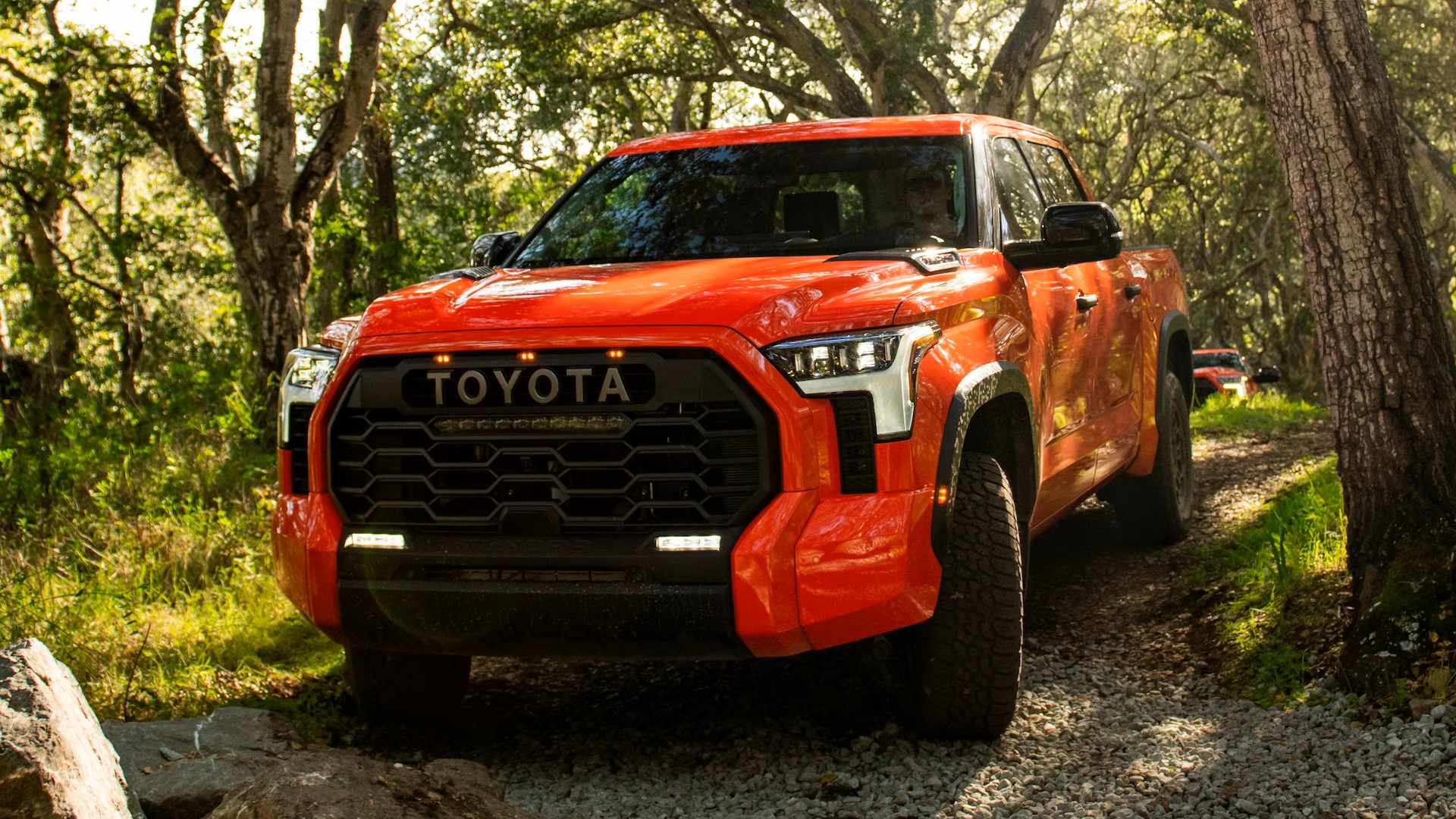In the world of vehicles, size often determines strength—or so it seems. The aviation industry is filled with engineering marvels: enormous jet engines, multi-ton airframes, and the kind of structural strength that allows aircraft to defy gravity and cross continents in hours.
On the other end of the spectrum are pickup trucks: compact by comparison, yet designed for torque, endurance, and utility. What happens, then, when these two worlds collide? In 2012, that question was answered spectacularly when a standard, production-model Toyota Tundra—a full-size pickup truck available at dealerships across America—towed a 292,000-pound Boeing 787 Dreamliner across the tarmac of Los Angeles International Airport (LAX).
This was more than just a publicity stunt; it was a precise demonstration of torque, traction, and confidence in engineering. The feat raised eyebrows not only because it worked but because the Tundra that performed the tow wasn’t heavily modified or reinforced. It was a stock model, identical to those that weekend warriors and contractors drive every day.
Also Read: 10 Best Synthetic Oils for Engine Longevity and Peak Performance
In a society accustomed to separating workhorses from true heavy lifters, this event rewrote the narrative about what pickup trucks could do.
Toyota’s towing of the Dreamliner wasn’t just for show—it was staged to commemorate the delivery of the first 787 to United Airlines and to promote the Tundra’s redesigned capabilities. But in the process, it became one of the most talked-about engineering demonstrations of the decade.
Millions watched the video online, and truck enthusiasts used the moment as a rallying cry. It raised deeper questions about automotive design, powertrain capabilities, and the limits of towing physics. How could a vehicle designed to haul trailers and boats move something that, by all common sense, should require an aircraft tug or a tractor?
This article dives into the physics, the engineering, and the bold vision behind this incredible feat. We’ll explore how Toyota engineered their truck to make history, what made the stunt possible, and what it says about the ever-expanding capabilities of modern pickup trucks. From torque curves to tarmac friction, this is the story of how David towed Goliath—and made the whole world take notice.
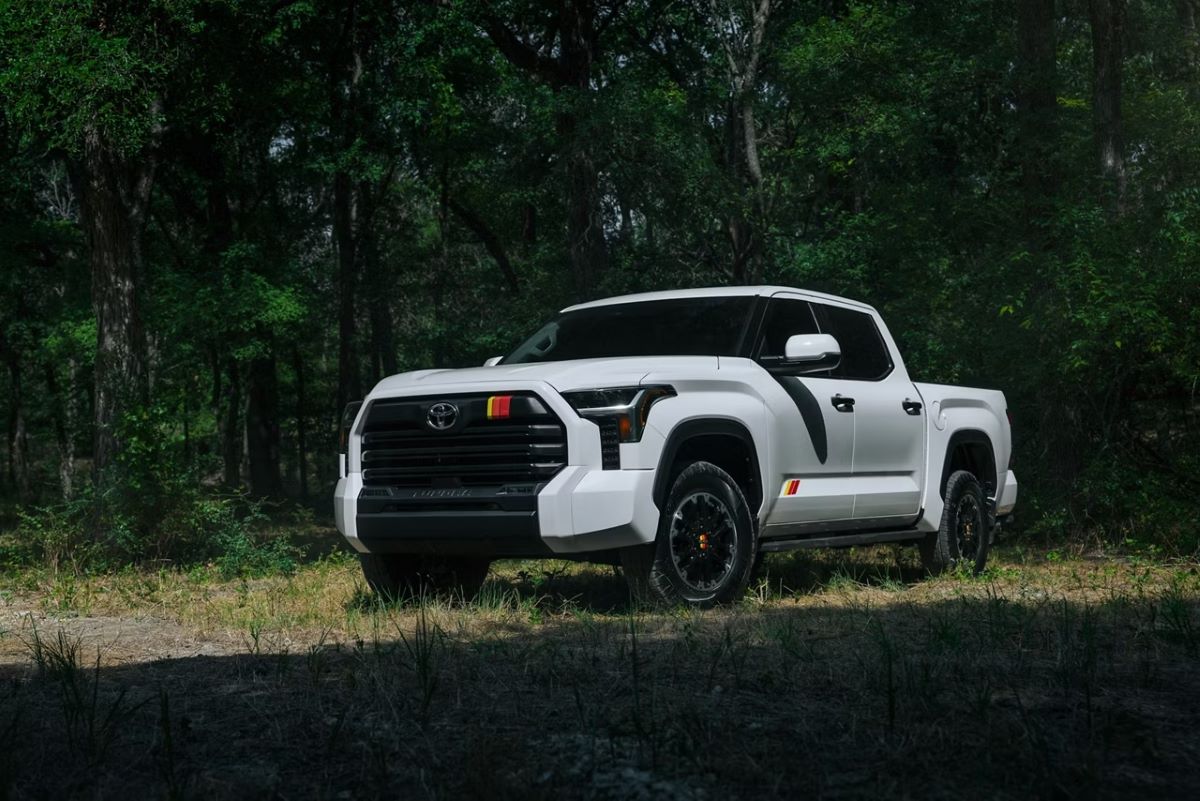
The Challenge: Towing 292,000 Pounds of Aircraft
To understand the magnitude of what the Toyota Tundra accomplished, it’s important to first appreciate the scale of the challenge. The Boeing 787 Dreamliner, though lighter than many of its predecessors thanks to composite materials, still weighs in at a staggering 292,000 pounds when empty.
That’s over 130 metric tons—more than 70 times the weight of the Tundra itself. Aircraft tugs, which are specifically designed to move such massive machines, usually employ diesel engines capable of delivering enormous torque at low speeds. They also use specialized tires, axles, and ballast systems to maintain traction and balance.
The Tundra, on the other hand, was not built to pull airplanes. Its towing capacity, as rated by Toyota at the time, was around 10,000 pounds—a respectable figure for trucks in its class. So, how could it possibly move something nearly 30 times heavier than its rated limit?
The answer lies in a mix of physics, clever planning, and the nature of towing on flat surfaces. While mass certainly matters, the key variable here was rolling resistance. Once a heavy object like a plane begins to move, the force needed to keep it rolling is significantly lower than the force needed to lift or accelerate it rapidly.
The Dreamliner was towed on wheels with low rolling resistance, and the runway surface at LAX offered consistent friction and grip.
Additionally, the plane was not being towed up a hill or at high speeds—it was a straight-line pull over a few hundred feet. Engineers carefully calculated the necessary torque output, ensured optimal tire pressure on the Tundra, and controlled weight distribution to maximize traction.
Toyota had conducted multiple tests in advance to ensure safety and feasibility. They even worked with NASA engineers and Boeing to confirm that the plane’s systems would not be compromised during the stunt. Every precaution was taken, but the execution relied on one core principle: the Tundra had just enough torque and grip to overcome the initial inertia, and that’s all it needed.
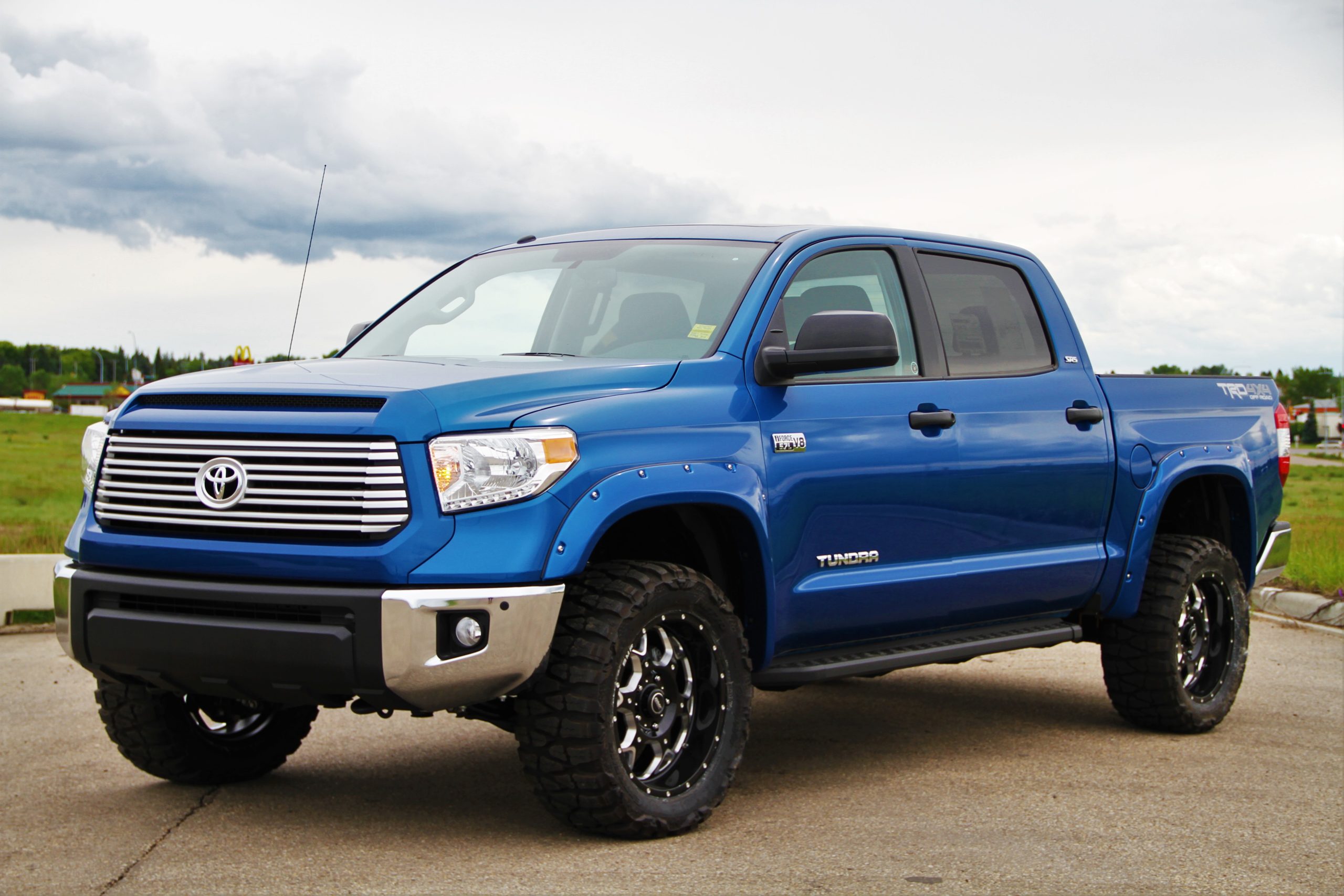
Under the Hood: The Powertrain That Made It Possible
At the heart of the incredible feat was the Tundra’s 5.7-liter V8 i-Force engine. Producing 381 horsepower and 401 lb-ft of torque, this engine had already earned a reputation for durability and muscle. But raw power alone wasn’t enough to move a Dreamliner.
The success of the tow came from how that power was delivered—at low RPMs and in a manner that maximized torque without overwhelming the drivetrain. The truck’s six-speed automatic transmission helped distribute torque effectively, while the rear differential ensured optimal power delivery to the rear wheels.
The Tundra used in the tow was equipped with a special towing package, which included upgraded cooling systems, a reinforced hitch, and a shorter final drive ratio. These modifications, though standard for models sold to the public, were crucial.
They ensured the engine didn’t overheat, the transmission could handle the load, and the tires maintained enough traction. There were no secret tweaks or hidden reinforcements under the hood. The vehicle was, by Toyota’s confirmation, a production model straight off the assembly line at their plant in San Antonio, Texas.
Interestingly, engineers also emphasized the importance of driver input. The individual behind the wheel had to modulate throttle pressure delicately to avoid spinning the wheels or overloading the drivetrain. Smooth, controlled acceleration was key. Any sudden throttle spike could have caused the tires to lose grip or the hitch to snap.
Toyota’s engineers and PR team rehearsed the maneuver multiple times before filming the final pull. During the actual event, the truck accelerated slowly and steadily, dragging the 787 down the taxiway with remarkable ease, making one of the most difficult towing feats ever performed look shockingly routine.
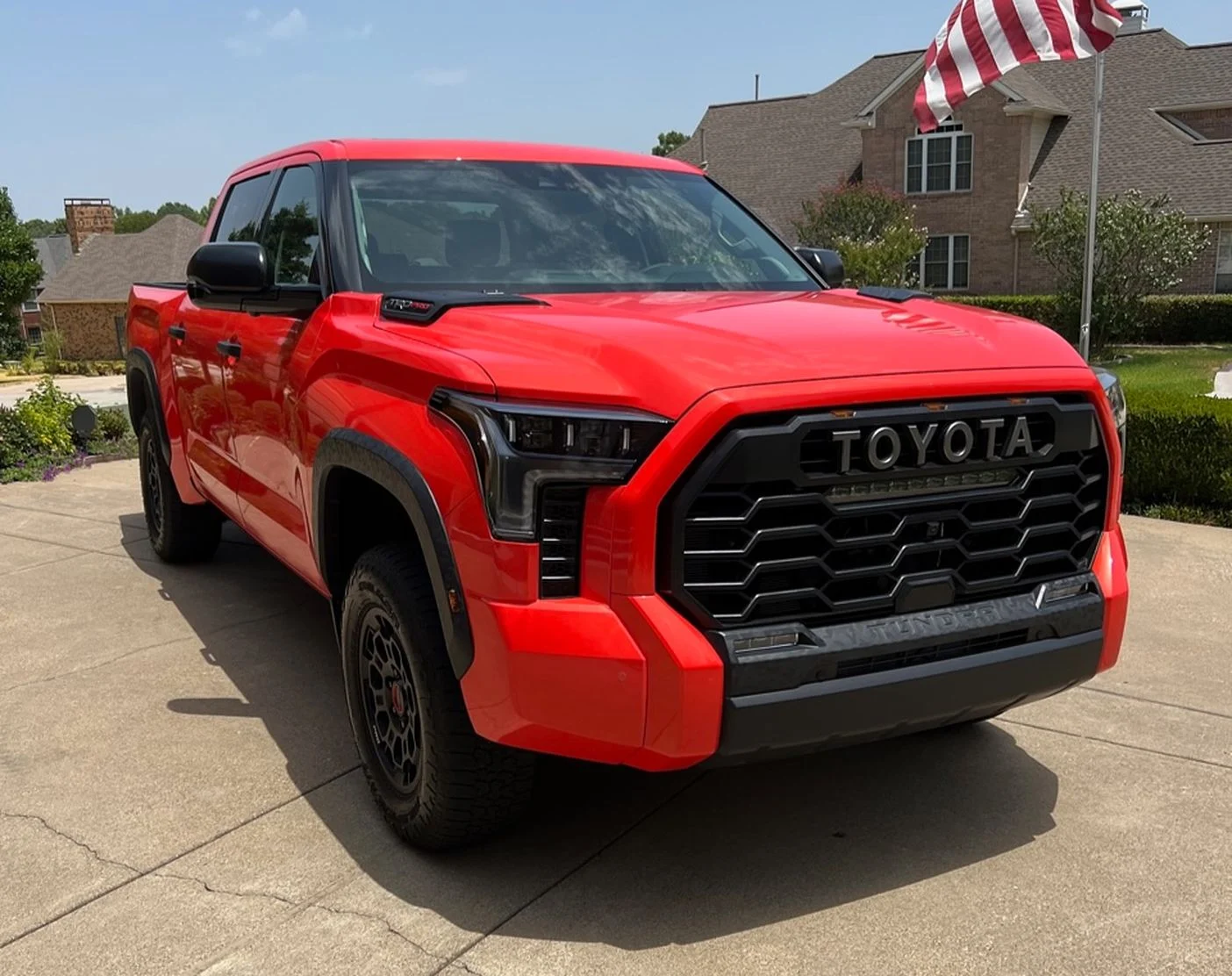
The Role of Physics: Why It Worked
At first glance, the idea of a pickup truck towing a massive passenger jet seems absurd. But once you understand the physics involved, the stunt becomes less magic and more math. The primary factor in any towing scenario is rolling resistance, not necessarily weight alone.
Aircraft are designed to be moved easily while on the ground—after all, they must taxi, take off, and land under their wheel systems. The Dreamliner was resting on wheels designed to minimize resistance, and its engines were off, meaning no thrust or opposing force was in play.
The key variable Toyota had to account for was static friction—the force that must be overcome to start movement. Once the plane was rolling, only kinetic friction and a small degree of drag remained.
Engineers estimated that the required force to initiate movement was within the peak torque range of the Tundra’s V8 engine, especially when modulated correctly. Additionally, the tires on the Tundra played a massive role. All four were inflated to their maximum rated pressure, increasing their contact patch and grip on the tarmac.
It’s also worth noting that the surface of an airport taxiway is designed for enormous weight loads and has high-grip properties. This meant the Tundra could apply full power without losing traction. Combined with the low-speed requirement (the stunt occurred at walking pace), there was no need for acceleration or high-end power.
In essence, the Tundra didn’t pull the plane in the traditional sense—it nudged it into motion, then maintained a steady pace. The simplicity of the act disguised the complex calculations and safety protocols that underpinned it, but make no mistake: it was physics, not brute force, that allowed a pickup to tow a jet.
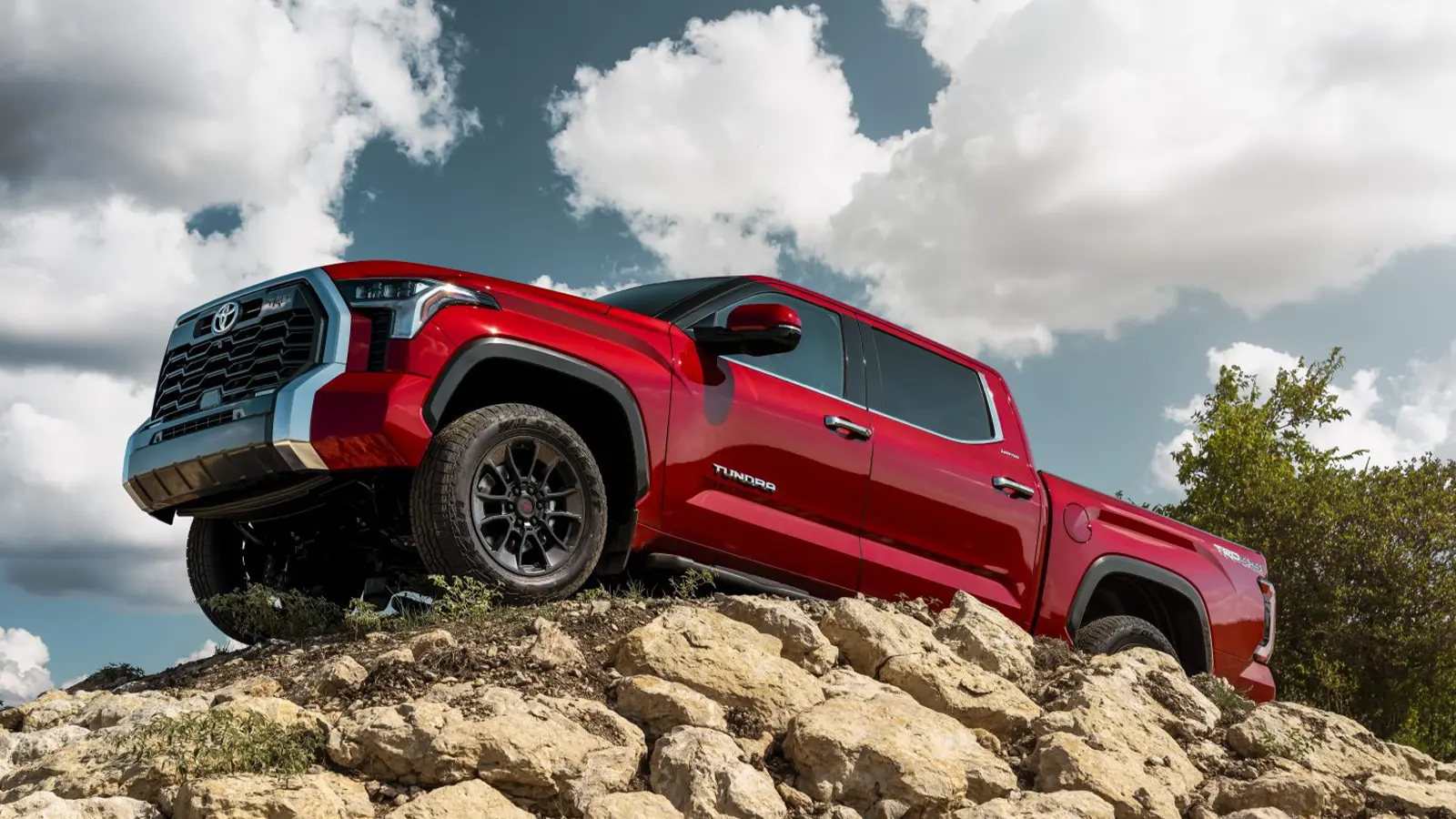
The Marketing Masterstroke: Turning a Stunt into a Statement
While the feat itself was impressive, what Toyota did with it was even more impactful. The Tundra tow was more than an engineering demonstration—it was a marketing masterpiece. In the fiercely competitive full-size truck market, every manufacturer claims toughness, durability, and unmatched towing capacity.
By hitching their truck to a Boeing 787, Toyota created a visual metaphor for power that no print ad or spec sheet could match. The image of a pickup moving a jet resonated deeply with consumers, many of whom didn’t care about physics—they saw proof that the Tundra was built to conquer the impossible.
Toyota smartly timed the stunt with the delivery of the Dreamliner to United Airlines, a moment already guaranteed to capture media attention. The result was a marketing bonanza: national television coverage, viral online videos, and endless buzz on automotive forums.
Truck buyers—particularly those who value performance and real-world capability—took notice. Even if they didn’t plan to tow anything larger than a boat or a trailer, the stunt symbolized that the Tundra could handle any job thrown its way.
This move also helped Toyota differentiate itself from its American rivals, such as Ford’s F-Series and Chevy’s Silverado. While those brands leaned heavily into tradition and American heritage, Toyota leaned into engineering and reliability. The message was subtle but powerful: if our truck can move a jumbo jet, it can handle your job site, your camping gear, or your horse trailer. By tying
the Tundra to one of the largest commercial aircraft ever built, Toyota also signaled that they were serious players in both performance and innovation. It wasn’t just a stunt—it was brand storytelling at its best.
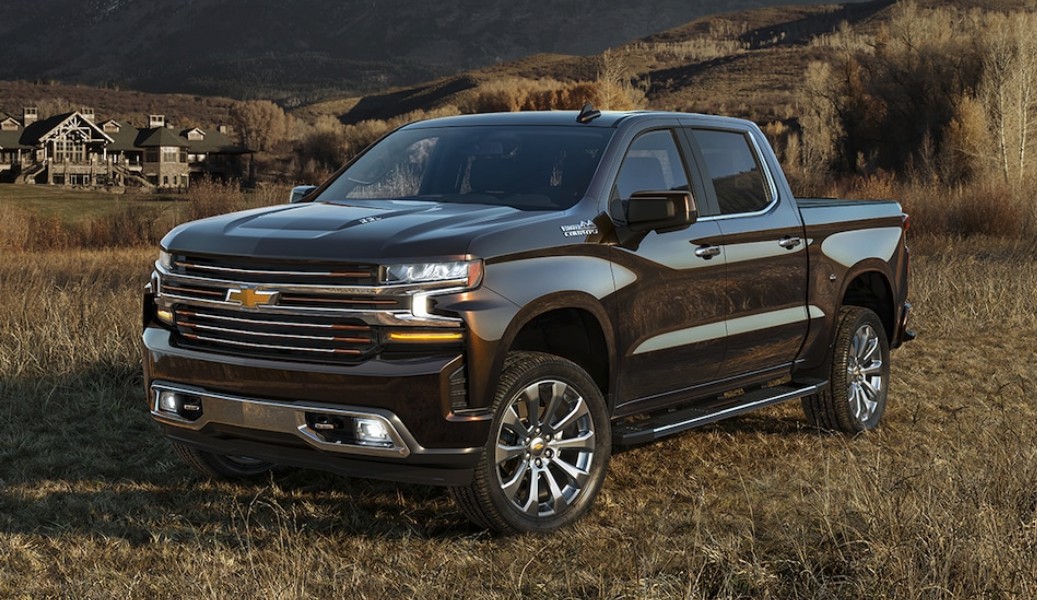
A Lasting Legacy: Engineering Feats That Inspire Innovation
Though the Tundra’s towing of a Dreamliner was a one-time event, the ripple effects of that moment continue to influence automotive engineering and consumer perception. It pushed the boundaries of what people believed a consumer-grade pickup truck could achieve.
It also inspired engineers to think more creatively about how torque, traction, and weight distribution interact in real-world scenarios. The feat has since become a benchmark, cited by fans and engineers alike when discussing durability and design capability.
More importantly, it contributed to a shift in how pickup trucks are perceived. No longer seen solely as tools for rural work or heavy-duty haulers, they have become lifestyle vehicles—expected to perform under pressure while offering comfort, tech, and efficiency.
Also Read: 10 Cars That Keep Starting Even in Harsh Winters and Tackle Snow With Confidence
The Tundra’s success with the Dreamliner challenged competitors to not only improve their powertrains but also to invest in marketing narratives that go beyond mere numbers. It wasn’t just about horsepower—it was about proving those numbers in dramatic, memorable ways.
From a broader perspective, the feat also opened the door to more public demonstrations of engineering. Automakers began to embrace stunts as a way to connect with audiences emotionally. Whether it’s Ford crushing concrete blocks or Tesla tug-of-warring a Ford F-150, the industry now understands that demonstrations, when done right, can be as powerful as decades of spec sheets.
And in all those feats, the Tundra’s moment with the Dreamliner remains a high point, where physics, engineering, and showmanship came together to rewrite what a pickup truck could do.

